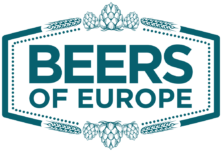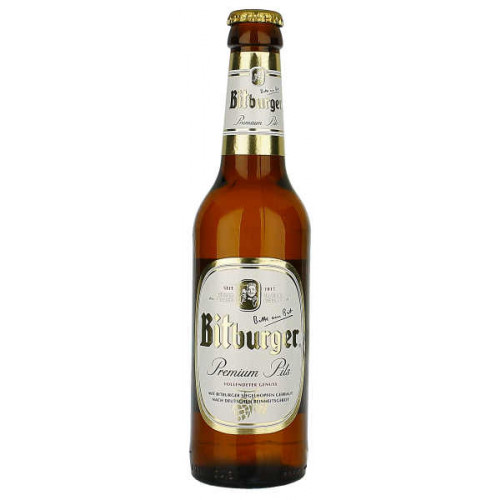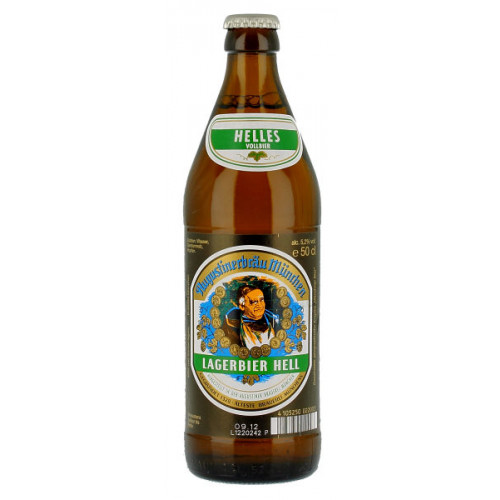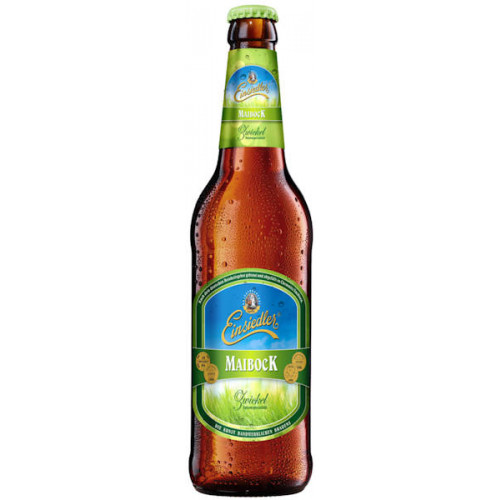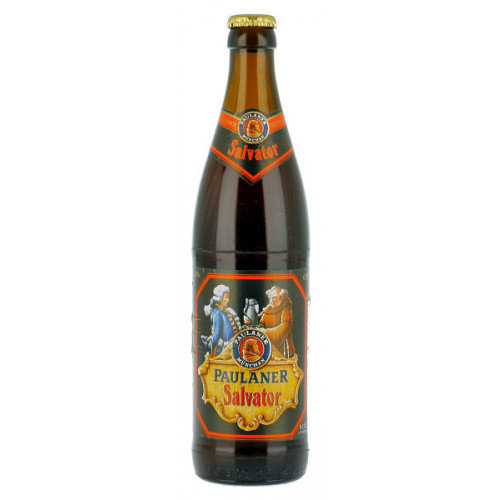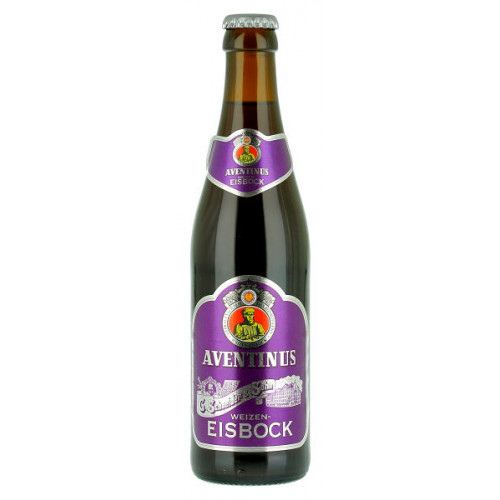German Beer and Breweries
German Beer Types: Part 1
German Beer Types – What You Need to Know – Part 1
Welcome to our guide to the various types of German beer. There are so many types that it can appear a daunting task when faced with myriad options. Our guide will give you the basics and help you to dive in and begin to enjoy the delectable varieties of German beer on offer.
It would be remiss to start a guide like this without a smidge of history to give some perspective to the development of Germanic beer over time. Monasteries, as in many European countries, played a pivotal role in the history of German beer. Where it had been commonplace to see small scale beer brewing in towns and villages, it was the monasteries who took small scale and turned it into mass production around the end of the first millennium.
The monasteries were mostly located in the southern areas of Germany; some still in operation today, including Klosters Andechs, which produces the ever popular Kloster Andech Dunkel, as well as Weihenstephan (or Weltenburg) and St. Gallen. The German Purity Law (Reinheitsgebot) was introduced to regulate the quality of German beer, as mass production took off. SO, history lesson over; let the exploration of types of German beer commence!
Pils
Pils beer is quite possibly the most common beer you can find in most parts of Germany. Pils is short for ‘Pilsner or Pilsener’ and literally means coming from the city of Pilsen. Since 1945, however, Pilsen has been part of the Czech Republic, and known as Plzeň in Czech. The German pils are typically between 4.5 and 5% ABV, pale in colour and traditionally served in a narrow, tall glass to facilitate the formation of a large and frothy head.
The most well known and widely available both in Germany and across the world, are Warsteiner, Becks and Bitburger. The classic Bitburger has been brewed in the same traditional manner, with the same traditional ingredients, resulting in a delicately tart, whilst pleasantly bitter taste, with a strong hop edge. It remains a top seller in Germany, brewed in accordance with the German Purity Law.
Helles
Helles developed as an early Germanic spin on the pilsner; less hoppy and more malt driven than its Czech cousin. Helles translates into English as ‘light’ or ‘pale’ and they have that characteristic pale colour. Often, Helles beer is subtly stronger than a pils beer, coming in around 5-5.5% ABV – less gassy too! A filtering process that happens before bottling a helles results in these beers usually being clear, although some breweries have been known to serve an unfiltered version. The Helles should be served in a wider glass – something akin to a British pint glass, without a large head. There are many very well known examples of Helles, such as Löwenbräu, Paulaner, König Ludwig and Augustiner.
Augustiner Lagerbier Hell is a classic Bavarian lager, with fresh and fruity lemon notes giving it a pleasing citrusy flavour. it is a refreshing long stored beer, that is mild, sparkling and relatively light. A long secondary fermentation results in a lightly hoppy finish and an overall crisp, smooth flavour.
Bock
We are about to meet a quite large family of beers that will probably be familiar to many a German beer drinker; the bock beer! A top tip if you are new to German beer, is that bock beers commonly feature a goat on the label. A little bit of trivia for those who love a pub quiz; this type of beer originated in Einbock, which got word-played to ‘ein bock’ and this in turn translates to ‘billy goat’. This type of German beer ranges from fairly light in colour (maibock) through to the dark end of the spectrum (think doppelbock or eisbock).
Maibock
The Maibock is a springtime limited speciality; hence the name as Mai means May in German. As you might expect, they are typically lighter in colour, with a youthful floral bitterness. Einsiedler Maibock Zwickel is only available from March and stocks soon sell out. This particular maibock has a high proportion of original wort.
Doppelbock
The doppelbock, is a maltier bock, which literally translates as ‘double bock’. A double dose was clearly needed by the monks who brewed this bock, traditionally this was to get them through the long days of fasting during Lent! This type of bock was first brewed by the Munich Paulaner brewery, which still brews them to this day. The Pauline Salvator is their original doppelbock, combining the very finest hops and rich dark barley malt. Its original recipe, as created by Brother Barnabas, remains unchanged.
Eisbock
With even more oomph than a doppelbock, the eisbock is a doppelbock that has undergone removal of some water content via freezing. By dropping the temperature to hover between the freezing points of water and alcohol, the water freezes, leaving a concentrated beer; the eisbock! Typically, around 10% of the water content is removed this way and the resulting beer has an increased alcohol level – around 9-14% ABV. The flavour is like that of a doppelbock, but just more intense.
The original Aventinus Eisbock was created completely by chance when the wheat doppelbock, Aventinus, was being transported around the world in containers without temperature control. The magic happened but no one quite understood how it had happened. Hans peter Drexler, the brewmaster of the Schneider brewery decided it was time to deliberately make the magic happen and just like that the Aventinus Eisbock was born!
Märzen
If you are a fan of Oktoberfest beer then you will undoubtedly be familiar with a Märzen beer. The term Märzen and Oktoberfest are often used synonymously, generally describing one type of beer. Märzen means March and the name is used because this is a frantic period of brewing that used to take place in March prior to the summertime brewing ban. In 1500s Bavaria, a law prohibited brewing between April and September in order to ensure that beer was not spoiled by the explosive growth of wild years and bacteria in the summer months. Those lawmakers had no idea that in creating this law, they would set the tone for the future of German lager. The beers that they produced in the winter and early spring, fermented and stored in cool caves, would pave the way for the evolution of the dunkel.
Modern Märzens emerged during the middle of the 1800s due to the isolation of lager yeast. At this time, two friends, Gabriel Sedlmayr from Munich and Anton Dreher from Vienna brewed similar lagers, releasing them in their hometowns. The Märzen and the Vienna lagers it was known, both became very popular, but it was the Märzen that stood the test of time. You can, however, find traces of the Vienna lager in the brewing traditions of Mexico, due to the influx of Austrian immigrants in the late 1880s.
As a rule, the beers within this family are malty lagers, with rich amber colours that come from the toasty Munich and Vienna malts utilised. The Märzens can be somewhat paler and the dunkers are usually the darkest in the family. All of them, however, have a clean flavour and the dry malt taste is the star of the show. They have become the festival beer (festbier) of choice due to their smooth and easy drinking style.
If you simply can’t decide which of these delectable beers to sample, the solution to your dilemma is quite simple. Try an Oktoberfest mixed 12 pack or if the party is bigger, an Oktoberfest mixed 24 pack.
Here ends part 1 of our exploration of the types of German beer. Time to sample a few of the gems revealed thus and impart your newfound expertise to all who care to listen. Make sure you check out German Beer Types – What You Need to Know – Part 2 to ensure you are fully apprised of all the goodies out there for you to sample in the thrilling world of German beer.



